It’s a silent revolution rather than a fad. Based on the fundamental idea that being profoundly heard is therapeutic in and of itself, the resurgence of the listening ear is transforming counseling into something pleasantly human. With mental health issues becoming more prevalent on all continents, from classrooms to conflict zones, this method is offering a remarkably adaptable and empathetic response.
Person-centered therapy, which has its roots in Carl Rogers’ humanistic psychology, has gained popularity again, particularly in societies dealing with emotional exhaustion and past trauma. His central thesis—that self-discovery is facilitated by empathetic listening—is remarkably similar to the knowledge found in Indigenous traditions in South Africa and Canada, where listening has long been regarded as sacred.
Behind The Return of the Listening Ear: Counselling as a Cultural Reset
| Theme | Description |
|---|---|
| Foundational Approach | Person-centered therapy emphasizing empathy, presence, and non-judgmental listening |
| Global Engagement | Examples from Jamaica, Ukraine, South Africa, South Korea |
| Cultural Relevance | Addressing diverse experiences shaped by race, trauma, displacement, and tradition |
| Mental Hygiene Movement | Mindfulness and self-care practices adopted by both therapists and clients |
| Indigenous Healing Integration | Use of traditional knowledge systems alongside professional therapy in Canada |
| Educational Infrastructure | Training programs in trauma therapy, ethical frameworks, and listening-based counselling |
| Influential Thought Leaders | Carl Rogers, Gregory Kimble, Shannon Hodges, Olya Zaporozhets, Joshua Kreimeyer |
| Emotional Accessibility | Making counselling inclusive, especially in underserved and post-conflict communities |
| Digital Expansion | Use of chat therapy, metaverse counselling, and mobile platforms in places like South Korea |
| Societal Impact | Reshaping how individuals, families, and institutions understand emotional well-being |
Gregory Kimble’s visit to Jamaica helped a teenage mother who had been waiting years to talk to a counselor finally find her voice. His strategy was straightforward but incredibly successful: listen intently, react empathetically, and offer a brief respite from the chaos. A diagnosis did not cause her to change. It resulted from being heard.
In contrast, a culture of emotional suppression—a holdover from political repression—had long suppressed mental health in Ukraine. A generation of Ukrainian therapists were exposed to something radically gentle when trauma therapy education gained traction thanks to the efforts of Olya Zaporozhets and Joshua Kreimeyer: validation. As a result of a reset in the way pain was processed, rather than advances in medicine, the results significantly improved over time.
Counseling is changing all over South Korea, where technology is developing at an especially creative rate. While anonymous chat therapy is available on national platforms, students in Seoul can now participate in sessions in the metaverse. However, the human element is still essential despite these digital tools. As Nanseol Heo notes, even though a session may take place on a screen, the need to feel heard and emotionally safe has not gone away.
Shannon Hodges saw firsthand how counseling could help communities in South Africa that were dealing with both historical injustices and current trauma. Simply listening restored trust at health facilities and orphanages, especially in Indigenous communities where modern psychology and traditional healing coexist. His observations serve as a reminder that counseling needs to be translated into the cultural language of the people receiving it; it cannot be imported.
Once lost to time, the concept of mental hygiene is now being rediscovered as a framework for therapists and their clients. Daily mindfulness and emotional reset practices are crucial for safeguarding the mental health of caregivers, according to Jamie Tolson’s research. Techniques such as “Pause. Reset. Return.” act as pillars in therapeutic settings that are getting more and more demanding. Professionals who are experiencing emotional exhaustion will especially benefit from this change.
There is more than one cultural reset taking place. It is becoming more popular as a result of educational reform. Counselors in Kyiv are being trained in ethics, active listening, and context-sensitive care by trauma-informed programs. Indigenous-led facilities in Canada are reestablishing equilibrium by fusing traditional knowledge with modern techniques. Meeting people where they are—emotionally, historically, and relationally—is a highly effective use of all these efforts.
Celebrities have raised awareness of this shift. Public personalities like Prince Harry and Selena Gomez have publicly supported therapy as a proactive act of self-respect rather than as a last resort. Because of their influence, discussions about mental health are surprisingly inexpensive in cultural capital. Self-care has replaced stigma in therapy.
Culturally relevant approaches, such as the “cultural models” method tested in the UK, are helping clients feel seen and understood, even among refugees and migrants, according to studies. These tactics are remarkably explicit in their dedication to human dignity, in addition to being emotionally intelligent. They create bridges, invite stories, and steer clear of presumptions.
This movement is evolving into a cultural reset through increased training accessibility, strategic partnerships, and the normalization of discussions about mental wellness. Coping is no longer the only option. It’s about reestablishing connections between generations, within families, and across communities.
The listening ear’s return serves as a reminder that therapy isn’t always about giving counsel or offering fixes. Holding space for someone else’s storm, bearing witness, and stating that you are important enough to be heard are all important at times. In this sense, counseling is a sign of who we are becoming rather than merely a tool.
